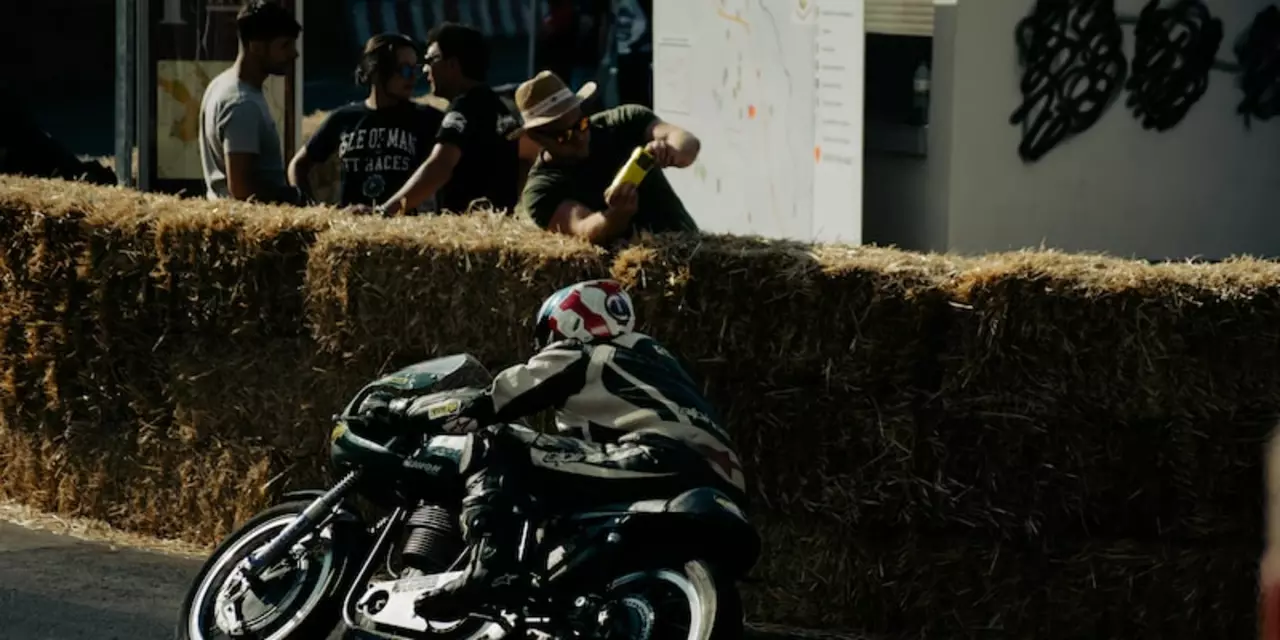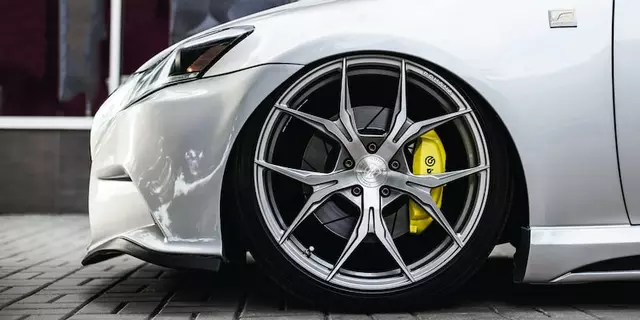Racing Insights – Your Go‑To Guide for All Things Fast
Welcome to the racing hub of Clowne Motorsports Enthusiasts. Whether you’re dreaming of the driver’s seat, fixing a rear‑end differential, or debating if motorsports belong in the Olympics, we’ve got practical info that’s easy to use.
How to Start Racing on a Tight Budget
If you’re asking, “How can I be a race car driver if I don’t have the money?”, you’re not alone. The first step isn’t buying a pricey car; it’s getting involved locally. Volunteer at track events, join a car club, or sign up for amateur track days. Those activities let you learn the ropes, meet mentors, and sometimes land a ride without spending a fortune.
Next, hunt for sponsorships or scholarships. Many racing schools and brands run small‑grant programs for talent. Put together a short video showing your passion, post it on socials, and tag relevant companies. Even a modest sponsor can cover entry fees or gear, giving you a foothold.
Tech Talk: Choosing the Best Rear‑End Differential
When you move from the pit lane to the race line, the rear differential matters a lot. The limited‑slip differential (LSD) is the go‑to choice for most racers because it reduces wheel spin and boosts traction. Two common types are clutch‑based LSDs and helical (gear‑type) LSDs. Clutch LSDs feel a bit more aggressive, while helical units are smoother and quieter.
If you’re on a budget, an open differential is cheaper but you’ll lose grip in corners. Upgrading to an LSD can be the difference between a clean lap and a spin‑out, especially on wet tracks. Talk to your mechanic about the budget‑friendly clutch LSD – it offers solid performance without breaking the bank.
Beyond the hardware, remember to use the right gear oil. A high‑quality synthetic oil keeps the plates engaging smoothly and prolongs the life of the diff.
Hot Topics Shaking the Racing World
One debate heating up online is whether motorsports should join the Olympics. Fans love the idea of engines roaring in a stadium, but critics point to the environmental impact and the fact that the Olympics focus on human physical effort. It’s a tough call, but the conversation shows how much the sport has grown globally.
Another buzz‑worthy story: the recent Asia Cup 2025 cricket match in Dubai sparked talk about pitch conditions that favor spinners. While not directly about car racing, the idea of surface preparation influences how we think about racetrack grip and tire choices. A dry, slowing surface can make a big difference in lap times.
And for those curious about iconic brands, ever wonder what the “M” in BMW M5 stands for? It means “Motorsport”, a badge that signals a higher‑performance version of a regular model. Knowing these details helps you appreciate the tech behind the cars you love.
Lastly, remember the little tricks that pro riders use. MotoGP athletes don’t actually turn the handlebars the way you’d expect; they counter‑steer, pushing the stick opposite the turn to lean the bike. The principle works for cars too – subtle steering inputs can keep the car stable at high speeds.
Keep checking this page for fresh posts, race‑day tips, and tech updates. We’re here to fuel your passion and help you stay ahead on the track.
What is slipstreaming in MotoGP?
Slipstreaming is a common racing technique used in MotoGP. It involves one rider using the slipstream of another to reduce wind resistance and increase their speed. It is especially useful on long straights, where it allows riders to gain an advantage over their competitors. This technique can also be used defensively, as it can be used to prevent other riders from overtaking. Slipstreaming requires a high level of co-ordination between riders and can be a dangerous manoeuvre if it is not done properly.






